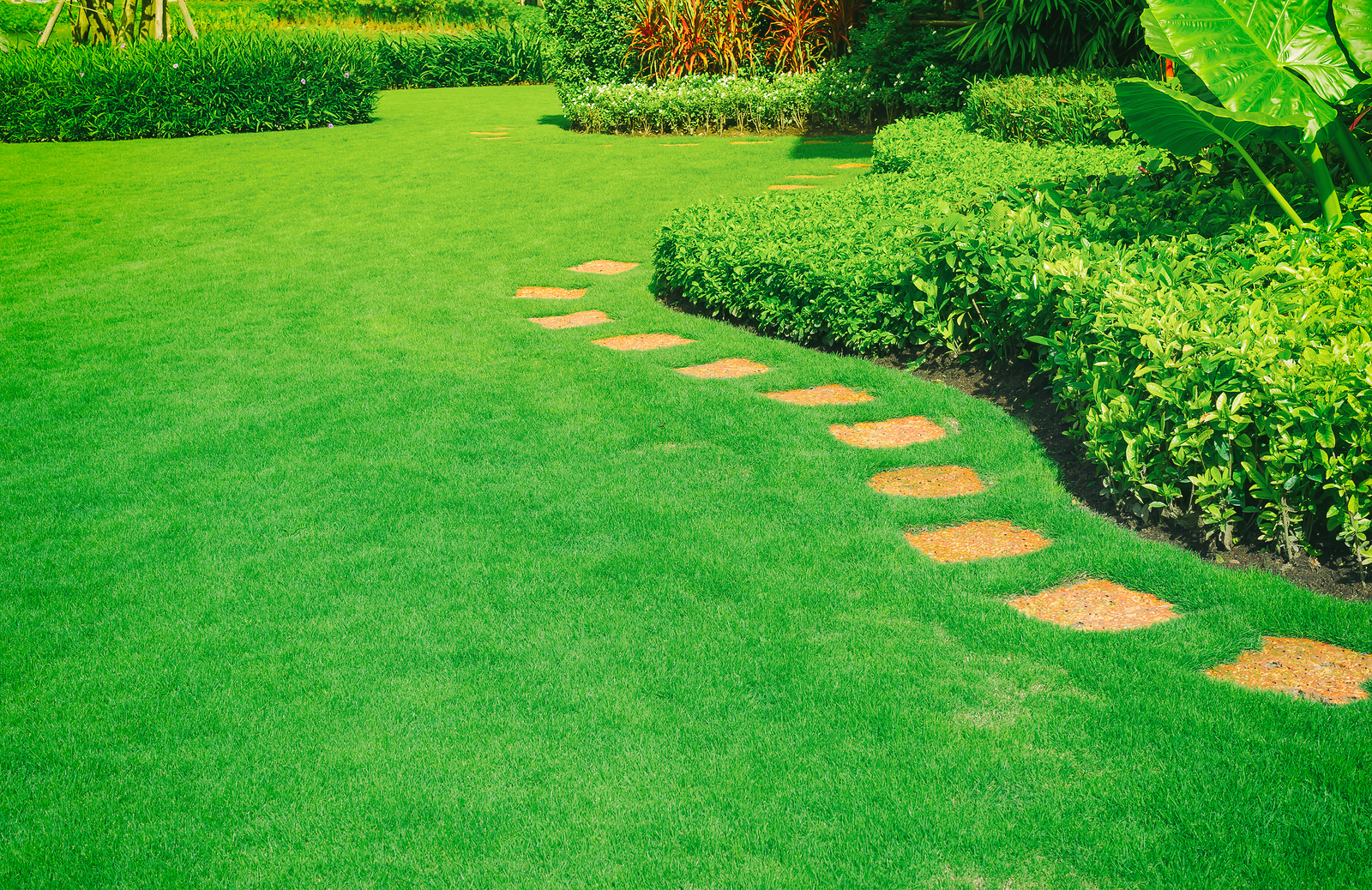Although you can hide your messy living room or outdated bathroom from the neighbors, you can’t easily hide a sloppy landscape design.
Creating an inviting garden oasis can feel like a challenge when starting with a struggling overgrown yard, and it can be difficult to know where to start. While landscaping allows for a great deal of creativity, there are a few fundamental steps to effectively build a beautiful outdoor space.
Work On Hardscaping First
Hardscapes make up the hard, non-organic portion of your garden, including walkways, pavers, patios, fences, and decks. Hardscapes balance and frame your ‘soft scapes’ (or organic landscaping), so designing and laying these first can help give structure to your overall landscaping vision. Think about how each hardscaping component will balance the surrounding greenery and add texture to your outdoor space.
Some simple steps to get started on hardscapes include –
- Give your pathways curves and patterns to add interest.
- Install simple water features by sitting areas for a relaxing ambiance.
- Consider installing a grill or firepit as the centerpiece of your backyard space.
- Remember that walls and patios can affect the drainage of your yard. Make sure to install permeable components to avoid man-made ponds in your sitting spaces.
Prepare Your Soil
Add compost to soil before planting. If you have stony or sandy soil, spread two to three inches of compost in and start tilling. If the original soil is not poor, spread a few inches of topsoil and till. Keep in mind that clay and round granules can cause more trouble than angular granules and sandy soil.
Mound your soil or use ground covers (low growing plants) for aesthetic appeal. Make sure not to plant trees too deeply. It is possible to choke a tree by depriving the root system of oxygen and proliferating “root rot.”
Choose The Right Plants
Greenery provides the perfect opportunity to add shape and texture to your space. Your landscape designer can help you balance the specific plants you favor with choices that are right for your landscape, environment, and care requirements.
Place fine-textured plants next to the large-leafed ones. Juxtapose linear plans with low-growing shrubbery. It is also helpful to place larger plants at the corners of your home to soften the building’s boxy nature.
If you are in an area where weather fluctuates heavily, plant flowering trees and shrubs for spring and summer and aim for durable plants. On the other hand, homeowners in dry areas will want to invest in drought-resistant vegetation and lawn alternative to help conserve precious water.
Your landscape designer can help you choose plants and create a garden that reflects your unique needs aesthetically and functionally, while best matching the needs of the local environment as well.
Prepare For The Future
A landscape is a living addition to your home, and it will grow and change over time. The growth of plants, tree canopies, and their roots needs to be taken into account over the long term. You don’t want to install a garden you can’t care for. You may also want to install other additions like an outdoor kitchen, entertaining area or swimming pool down the line. Explore temporary space-fillers, such as paved courtyards or transportable water features, that allow for adjustments down the line.
An ideal landscape depends on skillful and expert landscape design. By working with our expert landscape designers, you can get the perfect landscape design for a flawless outdoors.

